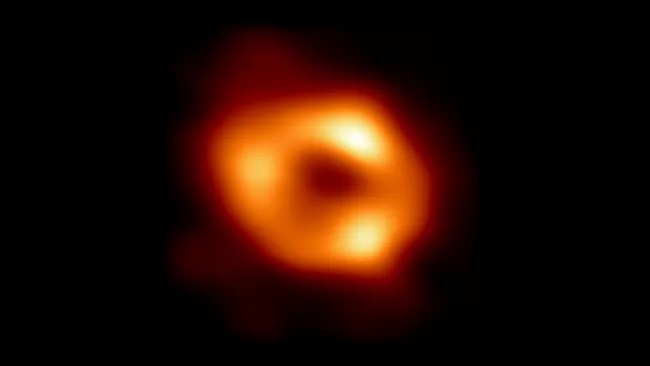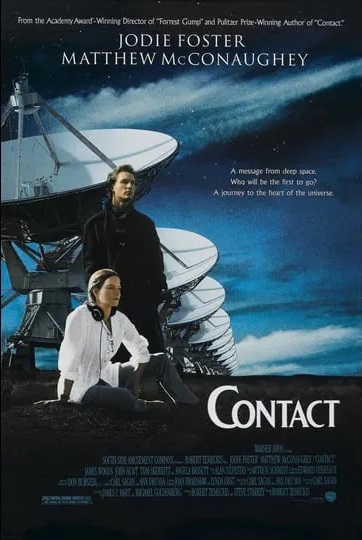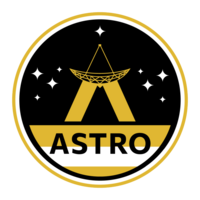HOW THE UNIVERSE CALLED US FOR THE FIRST TIME
MAY 10TH 2024 I Konstantinos-Christos Giouroukalis
“Astronomy compels the soul to look upwards and leads us from this world to another”
-Plato
A breezy day is dawning in April 1933 at Holmdel, New Jersey, and the protagonist of our story is ready to announce his discovery that will leave its mark on human history. This personality is Karl Guthe Jansky, an American physicist born in 1905, with a bachelor’s degree in Physics and a master’s degree from the University of Wisconsin.

Image 1: Karl Jansky in the decade 1930
When Jansky completed his studies, he started working at Bell Telephone Laboratories. Nearing the end of his bachelor's degree, he was diagnosed with a kidney disease, which led to him getting transferred to a healthier environment, Holmdel, where the company had detected some problems with transatlantic telecommunications. While Karl Jansky was observing the signal interference, he noticed that it peaked every 24 hours, so in the beginning, he thought that the sun was responsible for it, since a complete rotation of the Earth around the sun lasts 24 hours.
Upon continuing his observations, however, he concluded that the peak period was 23 hours and 56 minutes, which, with the help of his astrophysicist friend Albin Skellett, led him to conclude that this period corresponds to a stellar day. So, Jansky during a company meeting in April 1933, reported that after close observation, the interference was caused by a thermal disturbance from charged particles, which were originating mostly from the field of astronomy source Sagittarius A in the middle of the galaxy, thus making history.

Image 2: Jansky's directional antenna
We know today that his hypothesis was partially wrong, and the indications were caused by ions that followed a circular orbit around a big, black hole known today as Sagittarius A*.

Image 3: Sagittarius A*
It is remarkable that, even though Jansky was the first to observe and study radio waves in Astronomy, plenty of physicists before him were concerned with their presence theoretically. In the decade 1860, James Clerk Maxwell proved with his work in electromagnetism that electromagnetic waves could be linked with any wavelength, and laid the foundation for the understanding of the dissemination of electromagnetic waves, including radio waves. However, the detection and study of radio waves in the Radio astronomy frame started long after Maxwell’s work. Johannes Wilsing and Julius Schneiner tried to detect the sun’s radio waves, without success. After Jansky’s discovery in 1935, a great number of discoveries were made, with him being the pathfinder until his early death in 1950, but also other physicists like Grote Reber, who repeated his observations, the British military scientist James Stanley Hey and George Clark Southworth, Jansky’s colleague at Bell labs, with the last two detecting the sun’s radio waves. Lastly, great work was carried out by Jocelyn Bell, who was the first one to detect radio waves coming from pulsars.

Image 4: Reber’s radio telescope
Research continued seamlessly and in 1956 the National Radio Astronomy Observatory (NRAO) and the Cambridge Observatory were founded, which were leaders in research. Today there are more than 100 radio telescopes in the world and Radio-Astronomy is an expanding and promising research field in Astrophysics that we come across in different media such as movies, books, and science fiction comics.

Image 5: Radio telescope at the Cambridge Observatory

Image 6: Poster of the movie Contact, in which Radio-Astronomy is shown
Editorial Review: Stefanos Papanikolaou
Scientific Review: Evi Koursoumpa
Translation: Margarita Papastergiou
BIBLIOGRAPHY
- https://en.wikipedia.org/wiki/Bell_System
- https://en.wikipedia.org/wiki/Bell_Telephone_Company
- https://en.wikipedia.org/wiki/Radio_astronomy
- https://en.wikipedia.org/wiki/Sagittarius_A
- https://public.nrao.edu/radio-astronomy/the-history-of-radio-astronomy/
- https://www.astro.phy.cam.ac.uk/about/history
- https://library.nrao.edu/public/memos/temp/Howard_Chronological_History_0674.pdf
- https://en.wikipedia.org/wiki/Karl_Guthe_Jansky
- https://el.wikipedia.org/wiki/Τοξότης_A*
